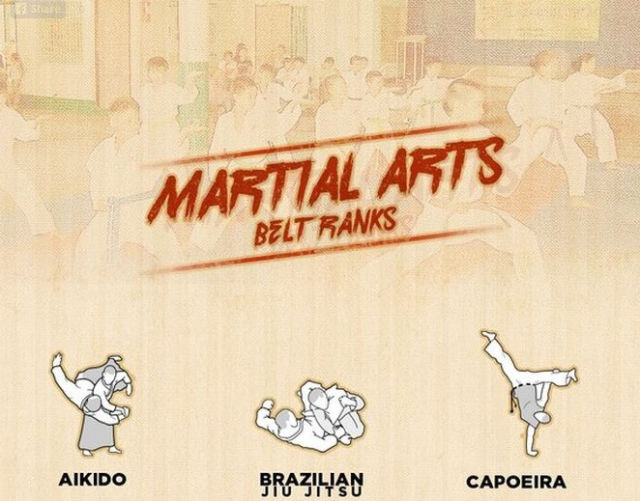Taekwondo Forms: Understanding The Fundamentals And Their Value
Taekwondo Forms: Understanding The Fundamentals And Their Value
Blog Article
Read Full Report Produced By-Holland Broe
Did you recognize that there are over 20 different taekwondo forms, each with its own distinct series of activities and methods? These forms, likewise called poomsae, play a critical role in the technique and growth of taekwondo experts.
However just what are these forms, and why are they so substantial? In this discussion, we will certainly check out the basics of taekwondo kinds, their origins, and the crucial elements that make them an integral part of this fighting style.
Whether you're a beginner or a skilled professional, recognizing the importance of taekwondo forms will deepen your gratitude for this ancient method and enhance your journey towards mastery.
Origins and Development
The origins and advancement of Taekwondo can be traced back to ancient martial arts techniques in Korea. It was established over 2,000 years back and has given that grown into a preferred and globally acknowledged sporting activity.
Taekwondo was heavily affected by numerous Korean martial arts designs, such as Taekkyon and Subak, in addition to Chinese martial arts. It was initially made use of as a way of self-defense, but over time, it evolved into a competitive sporting activity that concentrates on striking strategies and high kicks.
In the 20th century, Taekwondo went through a significant transformation and was standardized into its contemporary kind. The Korea Taekwondo Organization played a vital function in this procedure, assisting to establish regulations, techniques, and forms that are still followed today.
Crucial Element and Methods
Currently allow's check out the essential elements and methods of Taekwondo. To fully recognize the key elements and strategies, it is essential to dig much deeper right into the following subtopics:
- Positions: Taekwondo emphasizes the correct use stances, such as the front position, back stance, and horse position. These stances provide security, equilibrium, and power in performing various methods.
- Strikes and Kicks: Taekwondo is renowned for its effective and vibrant kicks, consisting of the front kick, roundhouse kick, and side kick. Strikes, such as punches and knifehand strikes, are likewise vital strategies in Taekwondo.
- Blocks and Protection: Efficient defense is essential in Taekwondo. Blocks, such as the high block and low block, are utilized to secure against incoming strikes. Appropriate timing and positioning are vital to effectively protecting oneself.
Benefits and Impact
One of the considerable benefits of exercising Taekwondo is the renovation of physical conditioning and general health. By engaging in regular training sessions, you can improve your cardio health and wellness, stamina, adaptability, and endurance. Taekwondo entails a selection of movements that target different muscular tissue teams, assisting you construct a strong and toned body.
Additionally, this fighting style advertises mental wellness by lowering stress and anxiousness levels. martial arts store and focus required in practicing Taekwondo can aid improve your focus and improve your capacity to take care of difficult circumstances.
Furthermore, the practice of Taekwondo instills a sense of positive self-image, self-control, and self-constraint, which can favorably impact various locations of your life. Overall, practicing Taekwondo can lead to a healthier and extra balanced way of life.
Conclusion
So there you have it! Taekwondo types aren't simply simple routines, however a representation of the rich history and evolution of this martial art. By mastering the crucial elements and techniques, specialists can reap many physical and mental advantages.
From enhanced adaptability and strength to enhanced focus and technique, taekwondo forms have an enduring influence on those who practice them.
So, whether you're a beginner or a seasoned martial musician, accept the power of these types and let them take you on a trip through time.
